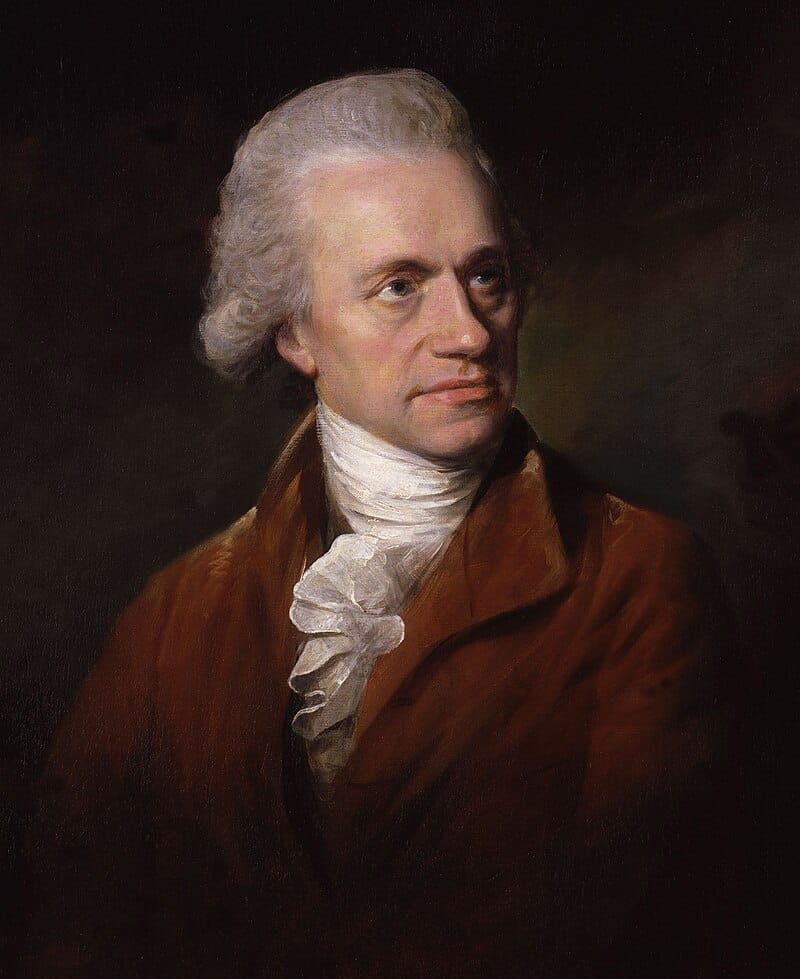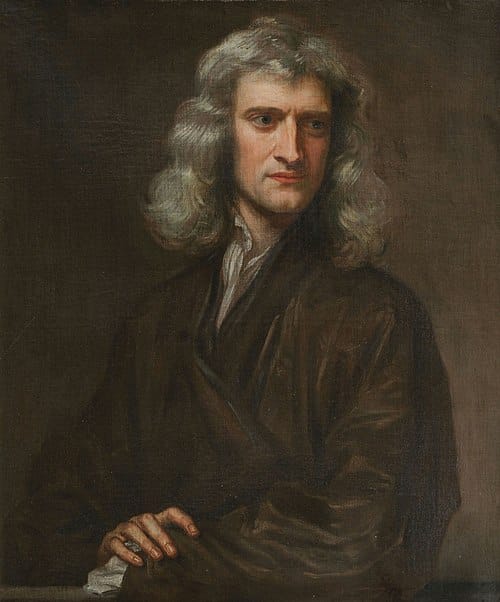The Discovery of Invisible Light
Discover how William Herschel uncovered invisible light beyond red in 1800 - the birth of infrared and a new era in astronomy.

Before 1800, the word "light" referred only to visible light. However, in that very year, the English astronomer and composer William Herschel observed a form of heat that could only be caused by a type of light invisible to the human eye.
Herschel was already an accomplished observer at the time; he had discovered the planet Uranus in 1781 and was now studying the connection between sunlight, color, and heat.
He began by placing a prism in the path of a ray of light. It was certainly not an original idea, given that Isaac Newton had done the same thing in the 17th century and identified the familiar seven colors: red, orange, yellow, green, blue, indigo, and violet.
But Herschel wanted to measure the temperature of each color. So he placed thermometers in correspondence with the different beams of light and demonstrated, as he had already intuited, that different colors produce different temperatures.
To conduct an experiment well, you need a "control" - a measurement where you don't expect to see any effect, and which serves as a useful comparison for the actual measurement.
Herschel knew this and placed a thermometer outside the spectrum, on the red side, expecting to measure only the room temperature for the duration of the experiment. But things turned out differently. The temperature of the control thermometer even exceeded that of the red.
Herschel had inadvertently discovered infrared light, a new region of the spectrum located just "below" the red, and reported in the first of his four papers on the subject. Herschel's discovery was the astronomical equivalent of microbiologist Antoni van Leeuwenhoek's discovery of "many very little living animalcules, very prettily a-moving" in the smallest drop of water in a lake. Leeuwenhoek had discovered single-celled organisms - an entire biological universe.
Herschel had discovered a new band of the electromagnetic spectrum. Two discoveries whose contents were and are hidden for all to see.
Other scientists continued Herschel's work. In 1801, physicist and pharmacist Johann Wilhelm Ritter discovered a new region of the spectrum. Instead of using a thermometer, Ritter placed silver chloride, which reacts to visible light, in each color and also in the dark region beyond violet. The silver chloride in the unlit region became darker than that illuminated by violet. What lies beyond violet? Ultraviolet, better known today as UV.
Spanning the entire electromagnetic spectrum, from low frequencies and energies to high frequencies and energies, we find: radio waves, microwaves, infrared, visible light, ultraviolet, X-rays, and gamma rays. Modern civilization has been able to exploit each of these bands with some skill for countless industrial and household applications.
References
Astrophysics for People in a Hurry by Neil deGrasse Tyson (May 2, 2017)
Experiments on solar and on the terrestrial rays that occasion heat (1 January 1800) by William Herschel in Philosophical Transactions of the Royal Astronomical Society
Written by Emanuele Pace



Comments ()